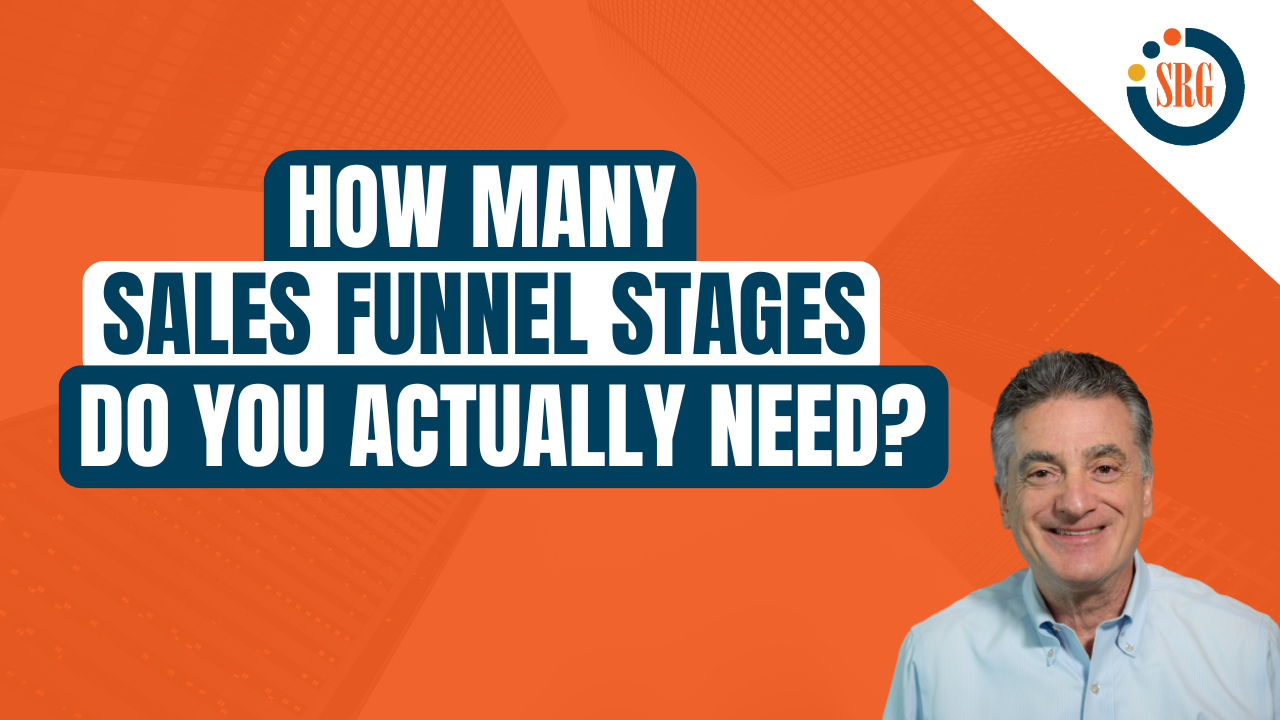On this episode, Warren Miller, Sales Director at One View asks: How many sales pipeline stages do you recommend in a CRM system and does the maturity of the business come into play? Watch this video to learn more about how to best approach pipeline management and three key steps to improve forecast accuracy.
to be the first to watch new episodes.
Video Summary
How many stages should there be associated with a sales pipeline or funnel in a CRM system?
This varies—from relatively few to many—depending on the organization and complexity of the sales process. Typically, the right number is between four and seven, but you shouldn’t fixate on a number. Instead, the number of stages of a sales funnel is dependent on the complexity of the overall sales process. If it’s a longer, more complex process, you’ll have more stages; if you have a shorter, less complex, sales cycle, you’ll likely have fewer.
Irrespective of the number of stages, there are three criteria that each pipeline stage should meet.
Objective Exit Criteria: Assign clear, customer-driven criteria to each stage. For example, if stage one is Discovering Needs, exit criteria for this stage could include that the customer:
- Has clearly acknowledged they have a business problem
- Understands the economic impact of solving that problem
- Has a defined budget
- Agrees to next meeting to discuss your solution
Not only will this provide greater clarity, you’ll also know that this opportunity meets the criteria to advance to the next stage.
Reasonable Probabilities: Next, it’s important to have a set probability associated with each stage. This should be tied to the exit criteria and based on historical win rates from other, similar deals. This allows for great consistency in terms of both exit criteria and stage probabilities.
Track Velocity: The concept of a “bloated pipeline” refers to pipelines that have stalled and remain in one stage for too long. If a deal isn’t meet the customer-driven exit criteria, or if it remains in a certain stage for longer than the assigned time frame, you should categorize it as “inactive” and then move it back to your “active” pipeline only when it meets the criteria for advancement to the next stage. Keep in mind that this means you not only need to manage your active pipeline, but also review your inactive pipeline to make sure you continue to work to get those opportunities back on track.
SRG Insights is a Q&A video series where we answer your questions on the topics of sales, sales management, sales coaching, and sales training. Featuring sales experts with over 25 years of sales and sales management experience.
Get your question featured on SRG Insights. Submit your question here.


